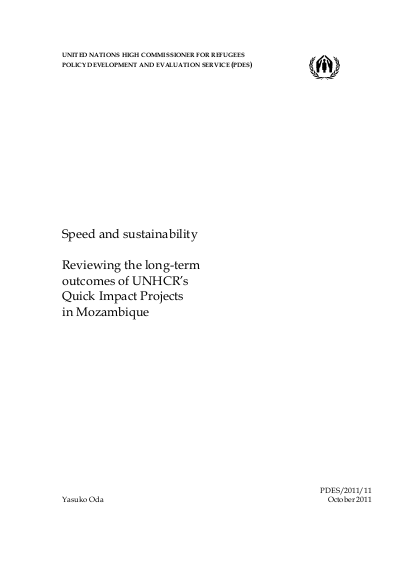
Many papers have discussed UNHCR’s return and reintegration programmes, what the organization does in countries of origin, and how it seeks to bridge the gap between immediate humanitarian assistance and longer-term development. This gap in particular – often called the humanitarian-development nexus – is increasingly the subject of study, as UNHCR intensifies its search for better strategies and methods.
However, despite general agreement that no single agency alone can ensure successful reintegration, many have preferred to criticize UNHCR for perceived failures, rather than give due recognition for its achievements. While it cannot be denied that some reintegration programmes have indeed had unwelcome outcomes, such as secondary internal displacement or buildings lying empty, this attention to the negative has led to self-criticisms of UNHCR’s own capabilities in the countries of origin.
The true test of any reintegration programme is this: did it work in the eyes of the local population? But how and when do we measure this effectiveness? A 2001 UNHCR paper pointed out that many evaluations tended to take place while UNHCR still had a significant presence in the country, rather than after its phase-out, thus, the organization was unable to assess the longer-term consequences of its interventions. Important learning opportunities might therefore have been missed. What can be done about this?